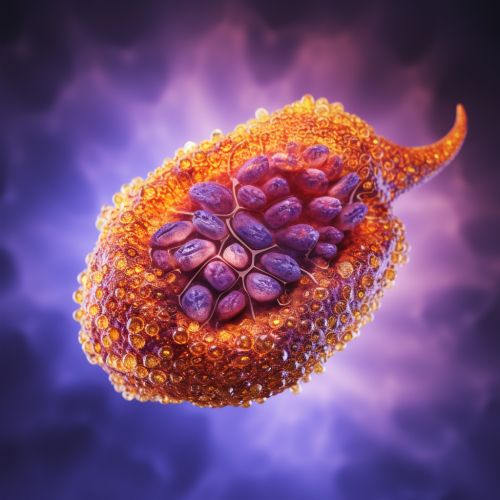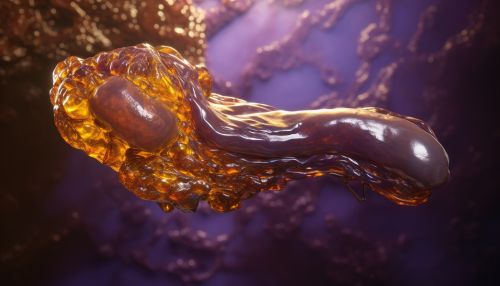Pancreas
Anatomy and Structure
The pancreas is a glandular organ in the digestive system and endocrine system of vertebrates. It is both an endocrine gland producing several important hormones, including insulin, glucagon, somatostatin, and pancreatic polypeptide, and a digestive organ, secreting pancreatic juice containing digestive enzymes that assist the absorption of nutrients and the digestion in the small intestine. These enzymes help to further break down the carbohydrates, proteins, and lipids in the chyme.


Location and Size
The pancreas is located deep in the abdomen. Part of the pancreas is sandwiched between the stomach and the spine. The other part is nestled in the curve of the duodenum (first part of the small intestine). To visualize its location, imagine that you're wearing a belt. If you could look inside your body, the pancreas would be located at about the level of the top of the belt. The pancreas is about 6 inches (15.24 cm) long.
Functions
Endocrine Function
The pancreas serves two primary functions, one of them being its role as an endocrine gland. It produces several important hormones, such as insulin, glucagon, somatostatin, and pancreatic polypeptide. These hormones regulate the body's glucose or sugar levels, and the absence or insufficient production of them can lead to diseases such as diabetes mellitus.
Exocrine Function
The exocrine function of the pancreas involves the production and release of digestive enzymes. These enzymes are secreted into the small intestine directly and begin to break down protein, fats, and carbohydrates, which facilitates proper digestion and nutrient absorption.
Pancreatic Diseases
There are several diseases associated with the pancreas, including pancreatitis, pancreatic cancer, and diabetes. Pancreatitis is inflammation of the pancreas, which can be acute or chronic, and can lead to severe complications. Pancreatic cancer is often deadly because it is usually advanced by the time of diagnosis. Diabetes is a group of diseases characterized by high blood glucose levels that result from defects in the body's ability to produce and/or use insulin.
Pancreatic Research
Research into the pancreas continues to reveal new insights into its functions and the diseases that affect it. This includes the development of new treatments for diabetes, understanding the genetics of pancreatic cancer, and the creation of artificial pancreases.
